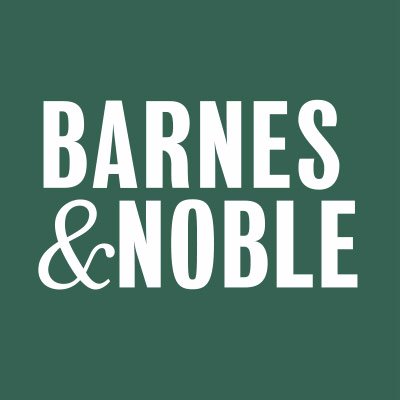By Phil Wahba
FORTUNE MAGAZINE
November 30, 2017
Barnes & Noble (BKS, -11.86%) is the latest retailer to discover that less is more sometimes.
Coming off another awful quarter, the big-box retailers’s executives said on Thursday that the path to better financial performance could lie in operating smaller stores more focused on books with a more limited selection of items like games and toys.
“Our goal is to get smaller,” Barnes & Noble Chief Executive Demos Parneros, who took the reins in April, told Wall Street analysts on a conference call. “We want to have smaller stores that are more efficient.”
It’s easy to see why one of the pioneers of big-box retailing would be interested in making a major change to its business model. Barnes & Noble said that comparable sales fell 6.3% in the quarter ended Oct. 28., the seventh straight three-month period to see sales decline.
The company said half of that decline stemmed from big sales last year of a Harry Potter book and the absence in this year of a similar blockbuster.
But the problems also stemmed from non-book products that aren’t catching on with customers. Comparable sales of those products were down even more sharply than the company average.
At the same time, book sales grew more promising as the quarter wore on, prompting Barnes & Noble, the nation’s largest bookstore chain, to double down on selling, well, books.
“Going forward, we will place a greater emphasis on books, while further narrowing our non-book assortment,” Parneros said, signaling a reversal of Barnes & Noble strategy to diversify its offerings and jump on hotter categories like games and toys. The company has nonetheless benefited in recent years from hot trends like coloring books and vinyl records to prop up sales. (Last year it blamed the absence of a hit like Adele’s 2015 album “25” for its dismal holiday season numbers.)
So Barnes & Noble isn’t exiting such categories, but will offer fewer such items, lest it find itself again with an overflow of unsold merchandise it can only clear at bargain basement prices.
Such deeply discounted clearance sales were one of the reasons Barnes & Noble’s net loss rose nearly 50% to $30 million in the quarter.
As for the future Barnes & Noble stores, Parneros said two new different-format stores would be instructive in how the chain opens new locations or remodels old ones.
A new store in the Dallas suburb of Plano is only 10,000 square foot in size, compared to about 26,000 square feet on average. And another prototype is in Ashburn, Virginia.
Luckily for Barnes & Noble, its store leases tend to be relatively short, meaning some 20% of its 632 stores (it has closed about 20 a year in recent years) come up for renewal a year, allowing it to close stores as needed, or downsize them.
That would help Barnes & Noble better maintain and refresh its stores, many of which are cavernous and have frankly grown stale, save on some rent, and simply make store more visually pleasing. It’s a move that other retailers like Kohl’s (KSS, +0.52%), Target (TGT, -2.89%) and Macy’s(M, -0.75%) have been trying out too.
For now, Barnes & Noble needs to work with the fleet that it’s got since a few test stores won’t move the needle anytime soon, and an overhaul of the fleet will take time.
One thing Barnes & Noble is doing is giving customers who bought a book a coupon to get a discount on a coffee at its café. That, Parneros, has led to the first increase in comparable sales within its cafés in a year in the month of October.
Another is to encourage its booksellers to engage with customers, something that should go without saying for a bookstore given that it is a rare reason to buy a book in a store rather than online from Amazon.com. (AMZN, +1.18%) And staff expertise is a big reason for the resurgence of many independent bookstores.
Still, though Barnes & Noble has some coals in the fire, it’s not easy to see how or how quickly those moves can bring the chain back to growth. It has struggled with weak shopper traffic for a while now and getting people to come back won’t be easy absent a clear reason to. What’s more, even as it makes sense for a bookseller to focus on books, the fact remains that though sales of physical books have stabilized vis-a-vis e-books, it’s hardly a booming area.
Despite the initiatives, Barnes & Noble’s shares were down 12% on Thursday, reflecting Wall Street’s growing skepticism about its prospects.

